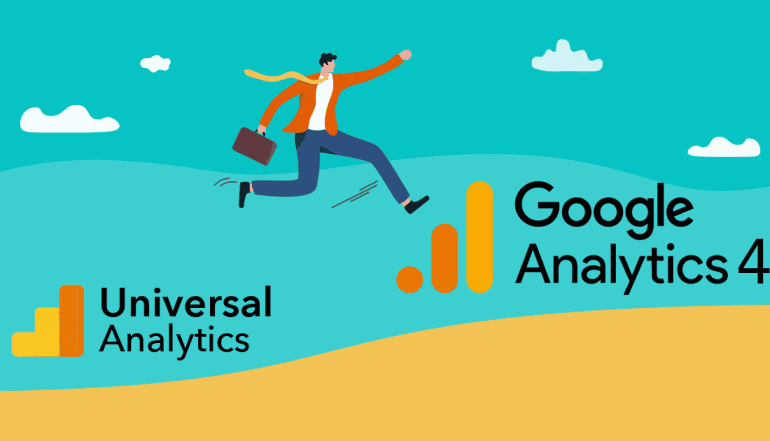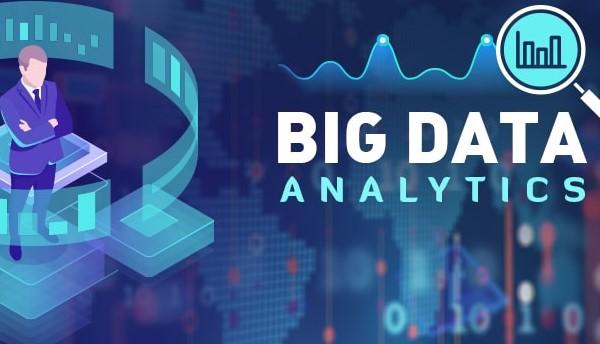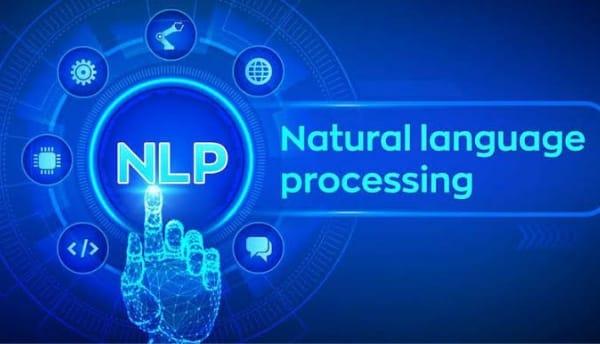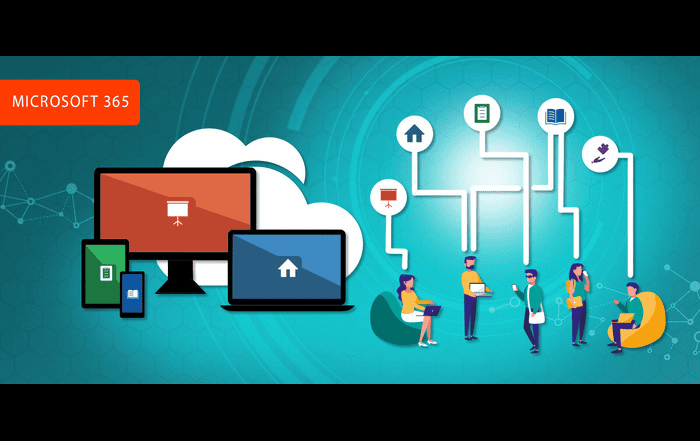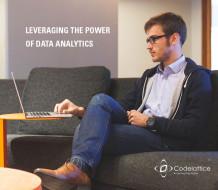
We are living a rapidly changing world. Yesterday’s craze is fast becoming today’s waste. If this is the status of the product lines, do we need to say anything about the businesses behind them? It’s imperative for businesses to not only stay afloat but find profitable ways to ensure business success.
Each transaction with your customer is a wealth of information for your business. Dynamic businesses succeed by trying to map the mind of their consumers using these transactions. Mind map of the customer is drawn using their behavior patterns, their purchasing trends, their preferences, etc.
Data mining is the first step towards the mind map of the consumer. It is simplifying and summarizing the available data in a manner that allows one to infer things about specific cases based on patterns observed. Data mining software analyzes relationships in stored transaction data based on open-ended user queries. The 4 different types of information sought are
• Classes: Locate data from pre determined groups in the stored data. Example: In a fast food joint, customer’s visit pattern and their orders can be used to increase traffic by having daily specials.
• Clusters: Data items are grouped by consumer preferences or logical relationships. Example: Identifying groups of motor insurance policy holders with a higher than average claim cost.
• Associations: Data can be mined to identify associations. Example: A person buying a new mobile might require a mobile cover, additional data card, blue tooth headset, power bank, etc.
• Sequential Patterns: Mining data to anticipate behavior patterns and trends. Example: Predict the likelihood of a backpack purchase based on consumer’s purchase of sleeping bags and hiking shoes.
A successful business requires a blend of reactive, proactive and predictive analyses of data to keep up with their consumers and the competition.
• Reactive: Look at the similar situations in the past and arrive at the decision based on the data
• Predictive: Make forward looking predictive decisions by identifying trends, spotting weaknesses & gaining insights on your strengths
• Proactive: Use the data to prevent frauds like credit card frauds, telecommunication frauds and network intrusion frauds.
Leveraging the power of data analytics is clearly a competitive advantage but overzealous data mining can easily backfire. The upscale retailer, Nordstrom used sensors to get shopping information from customers’ smart phones each time they connected to a store’s Wi-Fi service and drew widespread criticism from privacy advocates.
Establishing hard and fast rules governing the use of consumer data would help to avoid the big data blues. Respect consumer privacy by promoting greater transparency. Allay consumer concerns by giving them a choice in your targeted campaigns. Let’s not lose the business goal of “Happy Customers” in the maze of big data.

